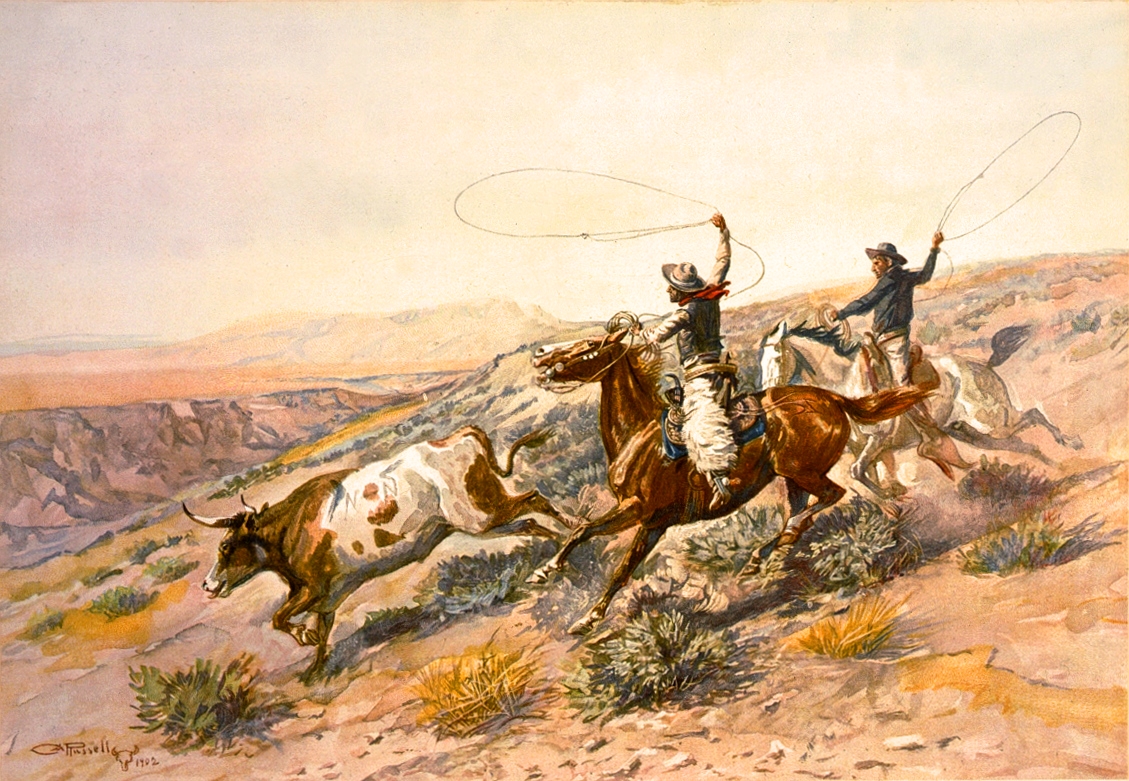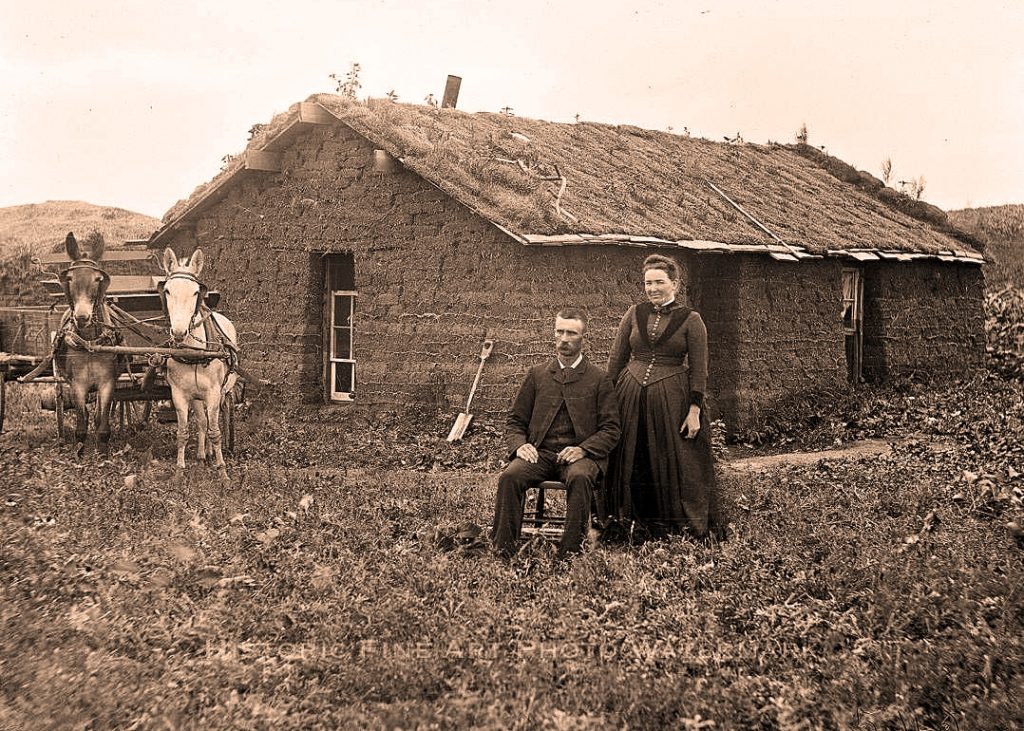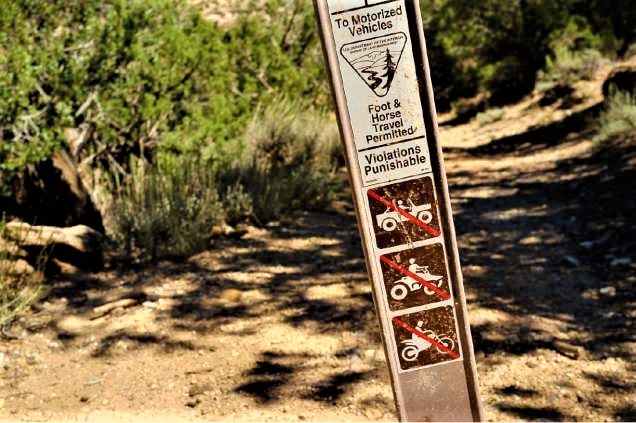Today’s federal grazing institutions promote far too much raiding and not enough trading. As the Bundy standoff demonstrated, conflicts over land use have the potential to erupt into full-scale range wars.
Conclusion
At least in theory, ranchers could stand to benefit from allowing trades with environmental groups to occur. A study of federal grazing permits by economists Myles Watts and Lorraine Egan in 1998 found that as the value of the federal rangeland has increased along with new and evolving demands for environmental uses, grazing permit values have declined.69 This result, however, is seemingly backwards. Increased rangeland value should cause grazing permit values to increase, yet that is not the result observed in the West today.70
“If the rights to grazing permits were secure and transferable,” Watts and Egan explain, “then grazing permit values would not decrease in value as noncommercial uses become more desired.” In fact, the opposite would happen. Permits would become more valuable as competing groups bargained for gains from trade. However, since grazing rights cannot be traded in market institutions based on property rights, they are liable to be raided through political institutions, casting uncertainty on their value today.
In order for trading to prevail over raiding on the federal rangeland and elsewhere, groups must be prevented from simply raiding to achieve what they want at minimal cost. That is, the relative cost of trading needs to decrease and the relative cost of raiding increase to encourage more trading and less raiding. In today’s federal grazing system, environmental litigators benefit from the raiding approach. In many cases, the federal government encourages litigation through the Equal Access to Justice Act, which often pays the legal fees of environmental groups in successful suits brought against the federal government.71 Any attempt to promote trading must also reduce the regulatory power for environmental groups to regulate, litigate, or otherwise raid.
At the same time, more policy reforms are needed to lower the transaction costs among competing groups for federal rangeland resources. Reforms are needed to accommodate a host of different values, including non-grazing environmental values, and permits should be recognized as secure and transferable property rights. Moreover, grazing permits should be allowed to migrate to their highest-valued use, whether that is cattle grazing or tortoise habitat. This suggests that federal rangeland policy should be reformed to eliminate the base property requirements, the use-it-or-lose-it requirement, and the requirement that grazing permit holders must be in the business of grazing livestock.
It is clear that today’s federal grazing institutions promote far too much raiding and not enough trading. As the Bundy standoff demonstrated, conflicts over land use have the potential to erupt into full-scale range wars. The raid-or-trade model provides a clear lesson for policymakers in the United States and elsewhere: If property rights are well-defined, enforced, and transferable, then disputes among competing users are more likely to get resolved peacefully, cooperatively, and in a mutually beneficial manner. Finding ways to strengthen property rights, even in the context of existing federal rangeland policy, would go a long way to encouraging more trading and less raiding on public rangelands.
by Shawn Regan
Property and Environment Research Center
Download the full report HERE

*Free Range Report*



